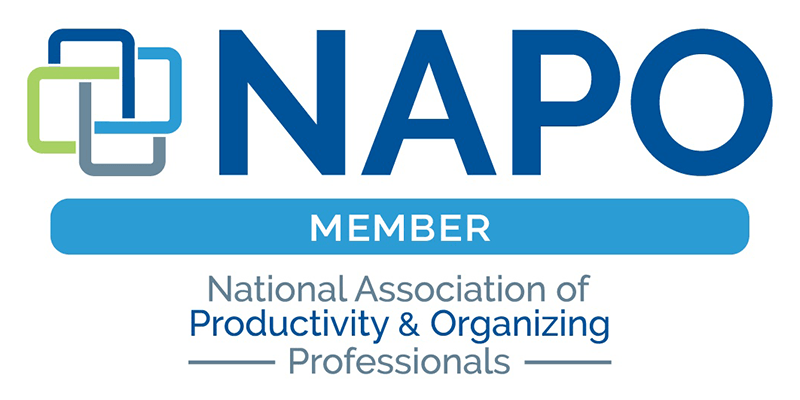Organizing Blog
Pain-free Paperwork Purging
backAre you feeling overwhelmed by the wave of paperwork in your home? There is a simple and pain-free way to purge the paperwork and enjoy smooth sailing into organization.
Although I usually recommend organizing one space in your home at a time, I am going to make an exception to that rule. Most likely your biggest nemesis in organizing your home is paper! At first it may seem innocent with one receipt here or one permission slip there. But before you know it, paper multiplies itself by the hundreds and overtakes your home like the infamous “blob” from a sci-fi movie. And because paper has most likely spread itself into every nook and cranny of your home, we are going to tackle this wild beast first.
But never fear – the Major Mom Method is here! Use the five simple STEPS, and you’ll soon triumph over your arch nemesis and create a system that works for you rather than against you.
S- Sort into Categories
Whether your paper is located in one area or scattered throughout the house, the first step is to centralize all papers to one work zone. When you have all your paper centralized, begin the sorting process. Place like items together. Put them in labeled, big-picture categories such as:
- To Do
- Pending
- File
- Shred
T – Treasure what Counts
In many cases, you will separate your treasures from your trash as you sort. Sometimes it will be easy to know if you keep it or toss it. But, there will be times when the answer isn’t so easy. Much of your paper can contain important information, it is tricky to know if you need to keep it. Here is a list of criteria that may help you make the decision to keep, shred or recycle the paper.
- Newspaper and Magazines
- Keep until you have read it, but only until you receive the next issue. Unsubscribe if you don’t have time to read them.
- Catalogs and Junk Mail
- If you see an item you would like to order, keep only that page – recycle the rest.
- Invitations
- Record the information on your calendar – recycle the paper.
- Receipts
- Keep credit card receipts until you reconcile your bill. Receipts associated with tax deductions should be kept for 7 years. Receipts for major purchases should be kept with the warranty until the warranty expires.
- Manuals and Warranties
- Keep warranty information until it expires. Keep manuals for items you still own, unless the manual is available online.
- Medical Records and Information
- Keep health records indefinitely.
- Utility Bills
- Unless it can be applied to your tax deductions there is no need to keep these once they have been paid.
- Bank Statements
- No need to keep them – shred and recycle.
- Tax Returns
- The general rule is to keep everything for 7 years.
E – Establish Homes for Items
Select an area such as a desk, nook or counter space to set up your paper management center. This is where you will process your paper into three categories:
- To Do
- Pending
- To File
P – Plan Your Container Strategy
Create an inbox for all incoming papers. Find a container that will allow you to sort the paper into three categories. Label the sections as noted above. This is how you triage incoming paperwork.
The next step in the paper management process is to find a good container for the papers that will go To File. Although it would be easy to use a one-size-fits-all filing system, it is essential to your success that you create a customized filing system that is intuitive for you. It will depend on your brain style and lifestyle; you need to pick one that you will maintain.
S- Start New Habits
Train everyone in the home to put incoming paper into the inbox or quickly sort into the containers you have for the three categories.
Schedule a time on your calendar each week to sort your inbox.
Schedule time on your calendar every six months to identify documents you no longer need to keep.
Fun Fact: According tot he Small Business Administration, 80% of the papers you file will never be looked at again!




